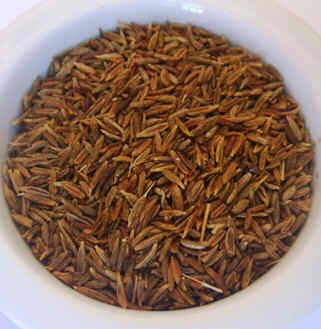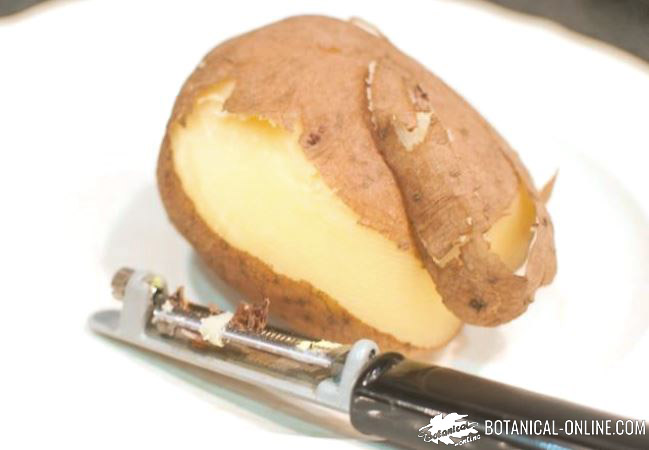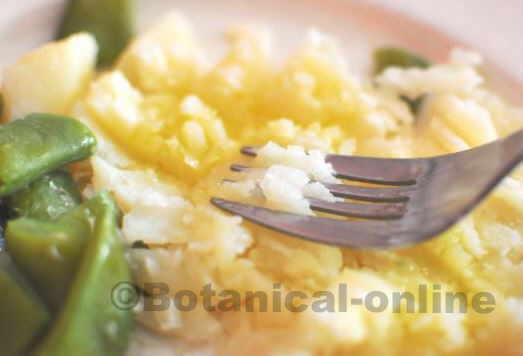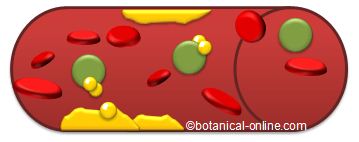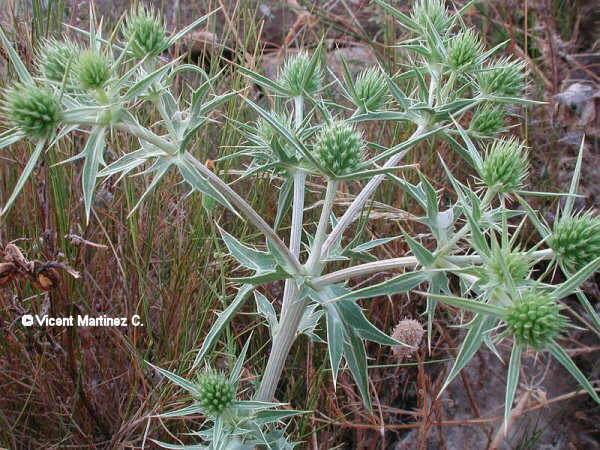Contents [show]
VITAMINS IN PEANUTS
What vitamins do peanuts contain?
Peanuts contain no vitamin C or vitamin A or vitamin D. They contain vitamin E and quite a lot of vitamin B.
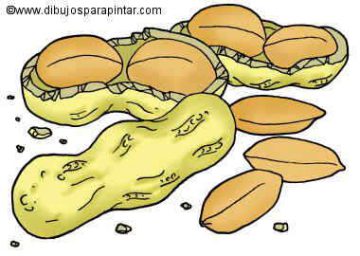 Raw peanuts and peanut butter are especially rich in niacin (vitamin B3). Raw peanuts are one of the richest plant foods containing niacin (12,06 mg each 100 g).
Raw peanuts and peanut butter are especially rich in niacin (vitamin B3). Raw peanuts are one of the richest plant foods containing niacin (12,06 mg each 100 g).
Niacin deficiency can be manifested as nervousness, anxiety, depression, insomnia. Niacin in peanuts will help us to keep our skin in good condition, and will facilitate sleep and digestion.
Peanuts are the richest food in pantothenic acid (Vitamin B5) after the liver. This vitamin is involved in the formation of important hormones such as insulin and adrenalin, the maintenance of defenses and the formation of iron.
Equally its content in riboflavin (vitamin B2) is very high. This vitamin enhances the antioxidant properties of vitamin E, that is needed to keep your eyes, hair, skin and nails in good condition. It collaborates with pyridoxine and niacin in the Immune system maintenance.
Within this group of vitamins, folic acid content (Vitamin B9) also deserves attention. Raw peanuts exceed other legumes such as lentils, beans or soy.
Folic acid is necessary for cells to duplicate properly. It is also involved in other processes that affect the heart, nervous system, the formation of the fetus fetal avoiding malformations, etc.
Vitamin E is considered the heart vitamin, since it is necessary to have vitamin E needs covered for a healthy heart.
The reason lies in its ability to protect the membranes of cells which prevents free radicals from oxidising, which would lead to a degradation of the human body, especially in the aspects of heart disease or possible cancers.
It’s a vitamin, which along with vitamin A and vitamin C, form the group of antioxidant vitamins.
Raw, unsalted peanuts
We must stress the importance of eating raw and unsalted peanuts. The high amount of sodium in salted peanuts may promote fluid accumulation or hypertension.
From the point of view of vitamins, we should consider that many vitamins of group B are found in the red raw skin of peanuts. Many of them, such as niacin and pantothenic acid, are destroyed or reduced when cooked.
However, we must bear in mind that raw peanuts may be contaminated with fungi that can be very harmful to health.
| List of vitamins in peanuts and almonds per 100 g | |||
| Vitamins | Raw peanuts without salt | Cooked peanuts with salt | Roasted almonds with salt |
| Vitamin C | 0 | 0 | 0 |
| Vitamin B1 (thiamin) | 0,640 mg | 0,259 mg | 0,074 mg |
| Vitamin B2 (Riboflavin) | 0,135 mg | 0,063 mg | 0,859 mg |
| Vitamin B5 (Pantothenic acid) | 1, 767 mg | 0, 825 mg | 0, 229 mg |
| Vitamin B6 (Pyridoxine) | 0, 348 mg | 0, 152 mg | 0, 126 mg |
| Vitamin A | 0 IU | 0 IU | 1 IU |
| Folacin | 240 mcg | 75 mcg | 33 mcg |
| Niacin | 12,06 mg | 5,259 mg | 3,850 mg |
| Vitamin E | 9,13 mg | 3,170 mg | 26,30 mg |
![]() More information about peanut.
More information about peanut.

